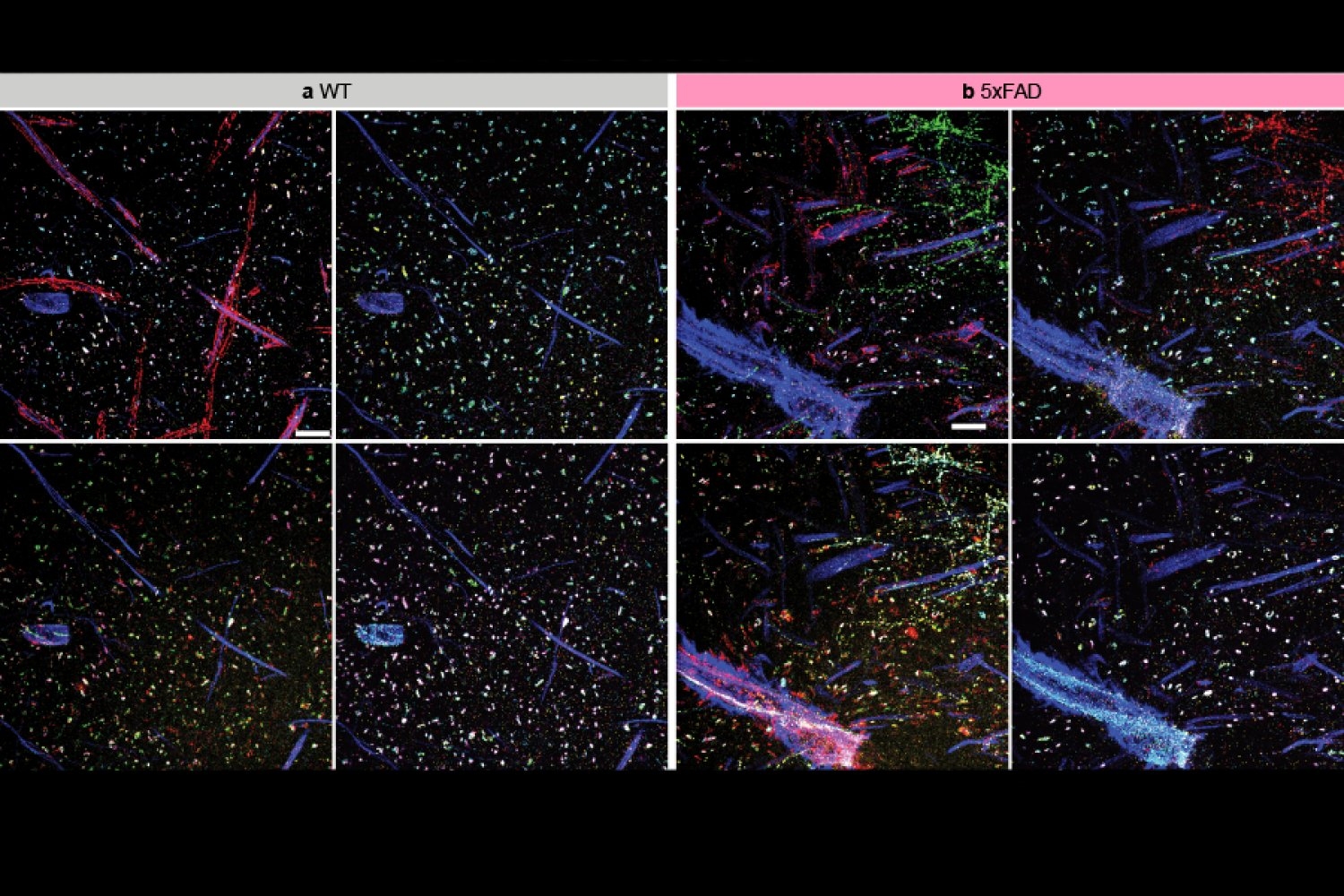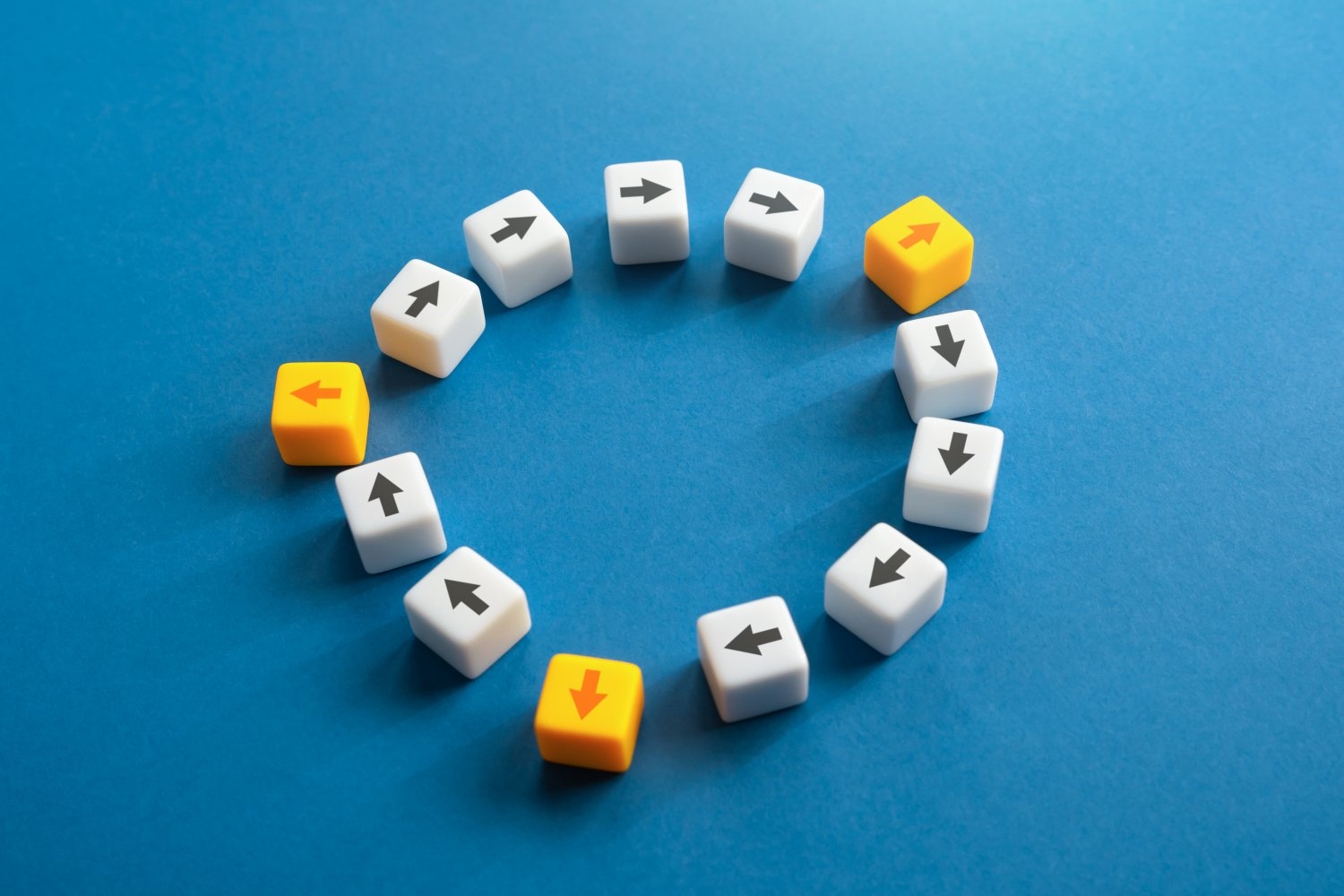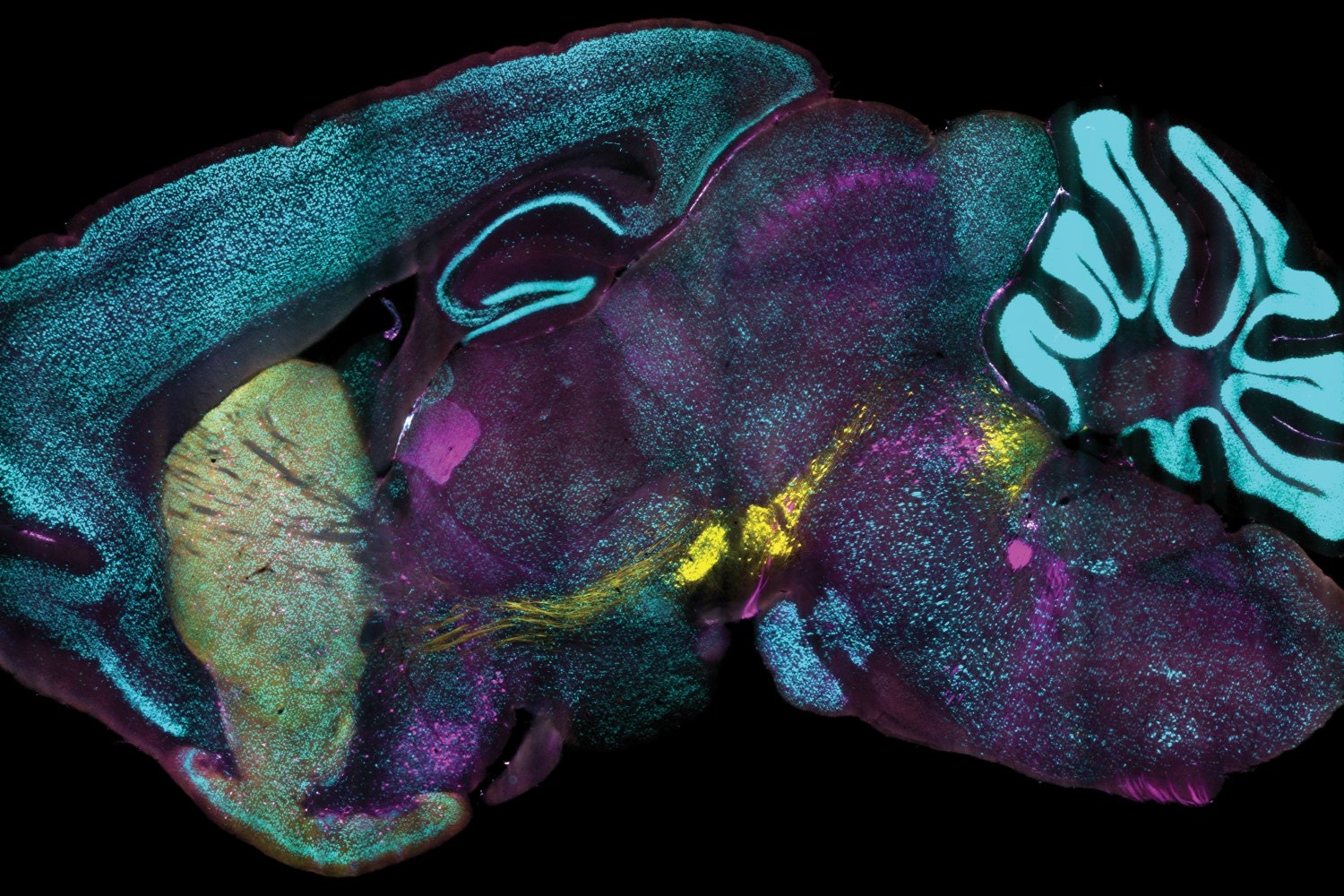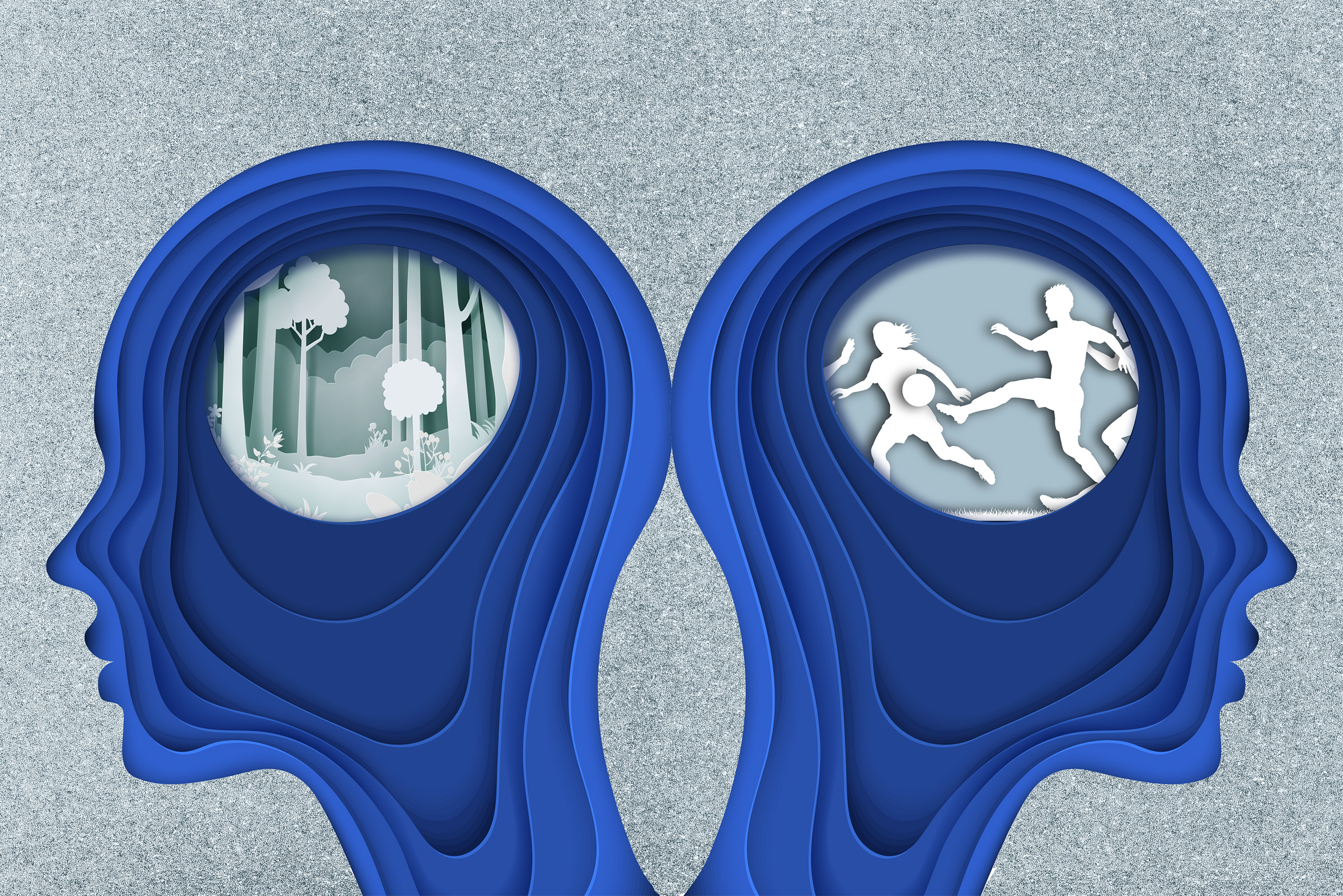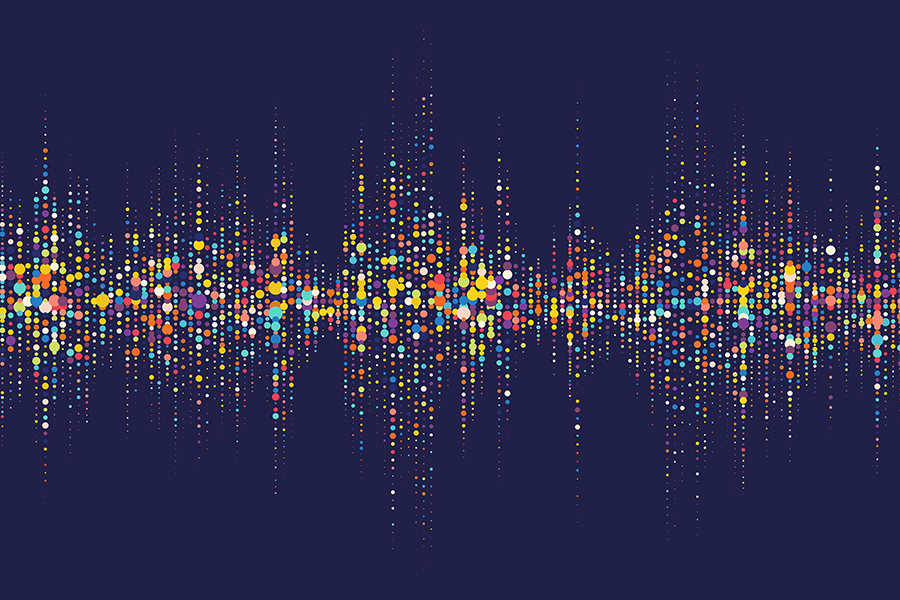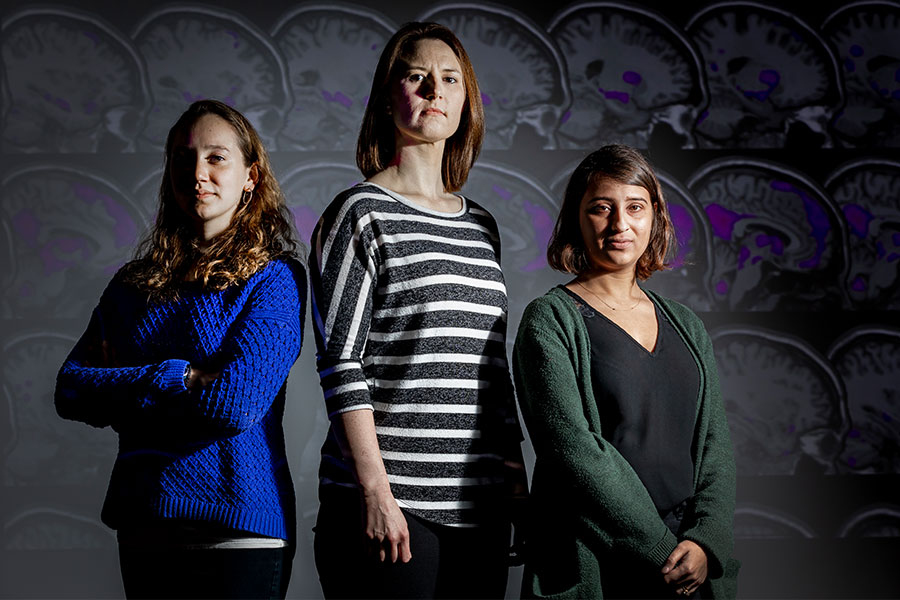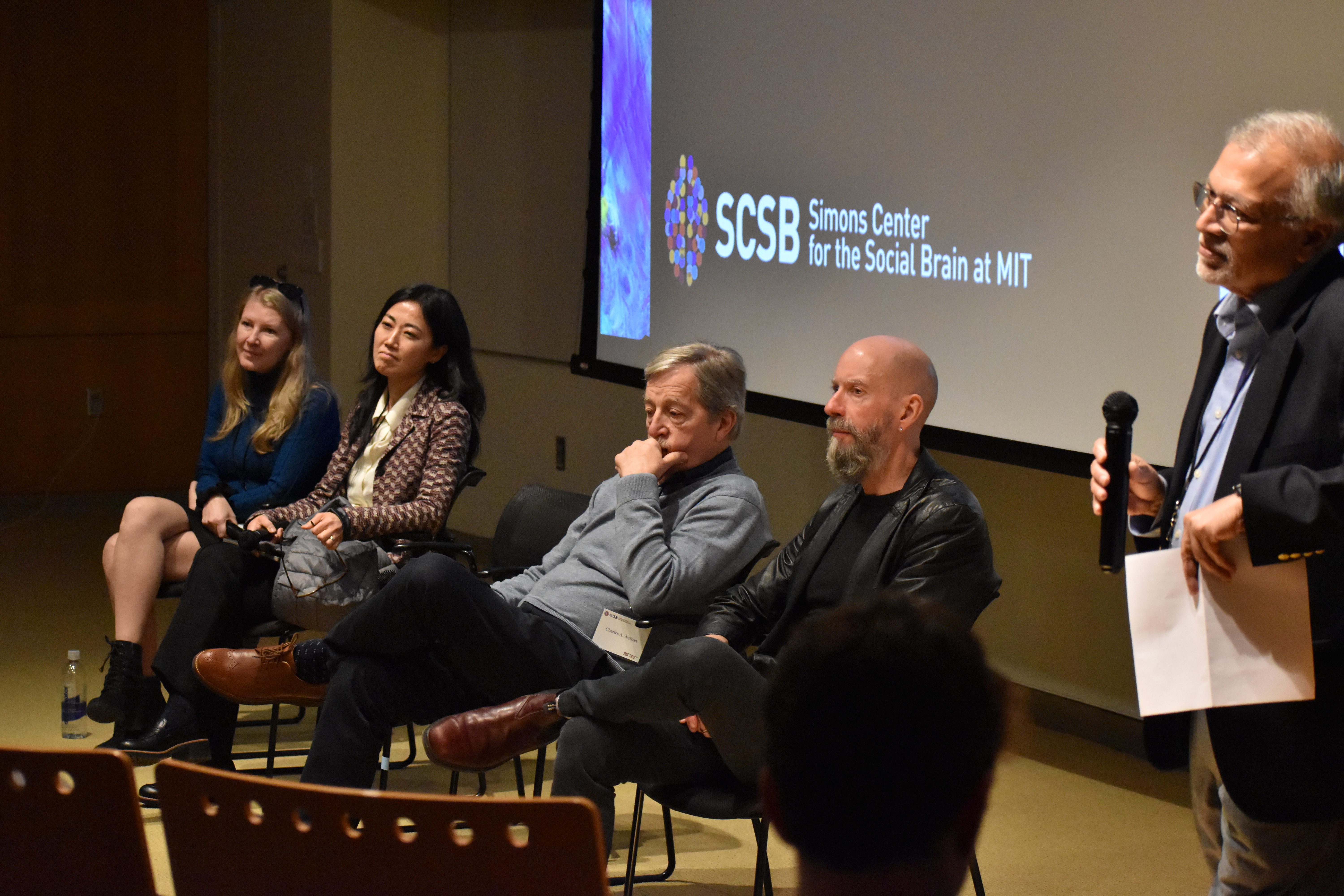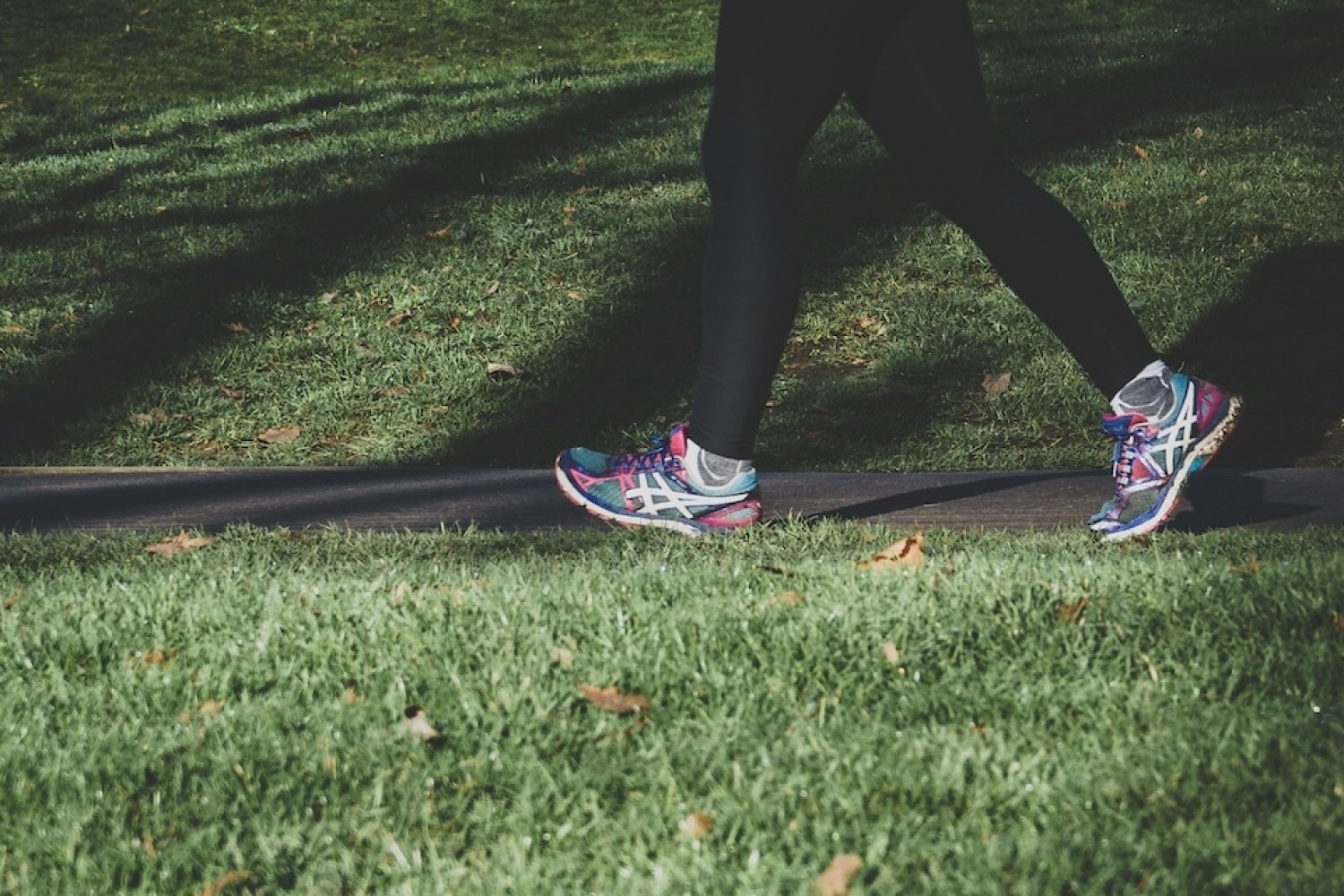Study: Even after learning the right idea, humans and animals still seem to test other approaches
New research adds evidence that learning a successful strategy for approaching a task doesn’t prevent further exploration, even if doing so reduces performance.
David Orenstein | The Picower Institute for Learning and Memory •
mit
Feb. 21, 2025 • ~6 min
Feb. 21, 2025 • ~6 min
MIT method enables ultrafast protein labeling of tens of millions of densely packed cells
Tissue processing advance can label proteins at the level of individual cells across large samples just as fast and uniformly as in dissociated single cells.
David Orenstein | The Picower Institute for Learning and Memory •
mit
Feb. 6, 2025 • ~9 min
Feb. 6, 2025 • ~9 min
Study suggests how the brain, with sleep, learns meaningful maps of spaces
Place cells are known to encode individual locations, but research finds stitching together a “cognitive map” of a whole environment requires a broader ensemble of cells, aided by sleep, over several days.
David Orenstein | The Picower Institute for Learning and Memory •
mit
Jan. 10, 2025 • ~8 min
Jan. 10, 2025 • ~8 min
New autism research projects represent a broad range of approaches to achieving a shared goal
At a symposium of the Simons Center for the Social Brain, six speakers described a diversity of recently launched studies aimed at improving understanding of the autistic brain.
David Orenstein | The Picower Institute for Learning and Memory •
mit
Dec. 18, 2024 • ~8 min
Dec. 18, 2024 • ~8 min
/
40

